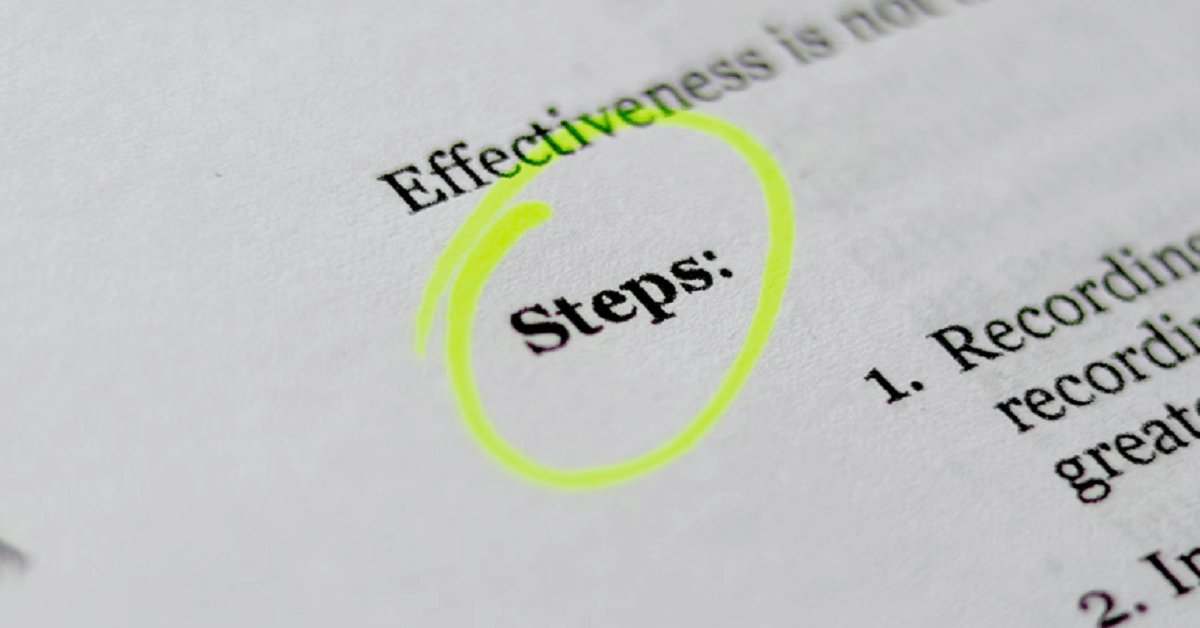What are the Federal Guidelines for Tap Water?

We all know that filtration systems in the United States can improve the quality and taste of tap water. However, most people don’t realize that the federal government has set certain standards for tap water safety. The U.S. Environmental Protection Agency (EPA) is responsible for setting these standards, which are known as Maximum Contaminant Level Goals (MCLGs).
These MCLGs define the maximum level of each contaminant that the EPA believes is safe for human consumption. The MCLGs are not always legally enforceable, but they do guide local and state governments in their efforts to keep tap water safe. Contaminants such as lead, arsenic, copper, nitrate, and E. coli can all be found in tap water at dangerous levels if it’s not monitored properly.
The EPA has established MCLGs for more than 90 contaminants, and in many cases, the EPA also sets enforceable Maximum Contaminant Levels (MCLs). These MCLs define the upper limit for each contaminant that is legally allowed in tap water. The MCLs are adjusted periodically to reflect new information or technology about the possible health effects of the contaminants.
To ensure that tap water meets these federal safety standards, many cities and towns in the United States have water treatment plants where the water is treated to remove contaminants. However, even after treatment, some contaminants may still be present at levels above the MCLs. That’s why it’s important to monitor your local tap water for safety.
If you’re concerned about the quality of your tap water, you can install a home filtration system to ensure that the water in your home is of the highest possible quality. There are many types of filters available on the market, from simple faucet-mounted units to more complex whole-house systems. By doing research and exploring NorCal Water Systems, you’ll find the right solution for your home.
What Contaminants Exist in Tap Water?
We alluded to them earlier, but a few of the contaminants that can be found in tap water include lead, arsenic, copper, nitrate, and E. coli. Lead is especially dangerous for children and infants, as it can cause developmental issues and even mental impairment. Arsenic is linked to numerous types of cancers in humans and animals if ingested at high levels over long periods.
Meanwhile, copper can cause gastrointestinal problems in both animals and humans when consumed in high concentrations. Nitrates are generally found near agricultural runoff, so they aren’t as common in tap water but still pose a threat. Finally, E. coli is a fecal bacteria that can cause severe illnesses if ingested.
Do You Need a Filtration System in Your Home?
The answer to this question depends on the quality of your local tap water. If you’re unsure, we recommend contacting your local water utility to find out about any contaminants that may be present in your tap water. You can also purchase a home testing kit and use it to test for a variety of different contaminants.
If you don’t feel comfortable drinking your tap water or you want to make sure that it meets all federal safety standards, then installing a home filtration system is the best option. There are many types of filters available on the market, so you’ll be able to find one that suits your needs and budget.


